Best Pre-Workout Energy Foods
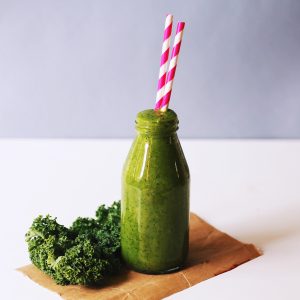 You might think eating something before working out is counterproductive if you want to lose weight, but it’s not. The food you eat can give you more energy and improve your workout. Many people in Louisiana realize they hit the wall mid-workout if they don’t fuel up and know the benefits a meal or snack can provide. There are many benefits if you time your meal or snack properly and eat the right food.
You might think eating something before working out is counterproductive if you want to lose weight, but it’s not. The food you eat can give you more energy and improve your workout. Many people in Louisiana realize they hit the wall mid-workout if they don’t fuel up and know the benefits a meal or snack can provide. There are many benefits if you time your meal or snack properly and eat the right food.
What should pre-workout food be, and when should you eat it?
Your pre-workout snack should be a combination of carbs and protein. You should avoid high-fiber and high-fat food. The ratio should be approximately 60% carbs. If you’re eating a snack, it should be about a half hour before working out and contain approximately 100 to 200 calories. It can be as simple as apple slices with peanut butter. Besides giving you the energy to maximize your workout right through the end, a pre-workout snack also helps jumpstart the recovery process.
Put fruit in the blender with milk, protein powder, or both.
Make a smoothie. It’s easy to toss fruit into the blender, add a liquid source of protein, and blend away. You can even get several bags of frozen fruit and divide them up into plastic bags containing one serving. Just put in your liquid and protein if it’s not liquid, toss in the fruit in one individual serving and blend until smooth. It takes about a minute. The natural sugars give you the energy you need and the fiber keeps your blood sugar level.
If you eat a full meal it should be two to three hours before exercising.
A pre-workout meal should be well-balanced but not contain a lot of fat. If it’s higher in fiber, eat closer to three hours before working out. Include a protein source like chicken breast or make a chicken salad sandwich served on whole wheat toast and topped with a tomato and mixed greens. Add a side of fresh fruit. Make it juicy to boost your hydration. Watermelon, grapes, and oranges provide both liquid and potassium. Include a side of baked or roasted sweet potatoes for the perfect pre-workout meal.
- An easy-to-transport snack is a stuffed date. Slice a pitted date down the middle on one side and stuff it with cream cheese, peanut butter, or other nut butter. Put a few berries on top for a bit of freshness.
- Overnight oats are a quick solution if your workout day is crowded. Add nuts, fresh fruit, or seeds on top. Use a small amount of honey if you need more sweetness.
- A large lettuce leaf makes the perfect container for a chicken salad. Make it with a small amount of chicken, celery, onion, and seasoned yogurt for flavoring. Roll the leaf around the salad and eat.
- Leftovers make good pre-workout snacks or meals. Salmon and sweet potatoes with a small side salad is an excellent meal. Dip leftover fresh veggies in a yogurt or hummus dip for a satisfying snack.
For more information, contact us today at Wellness On A Dime Coaching

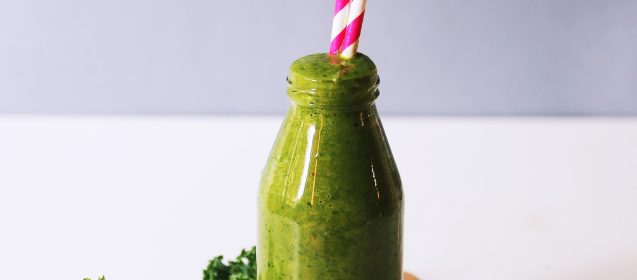
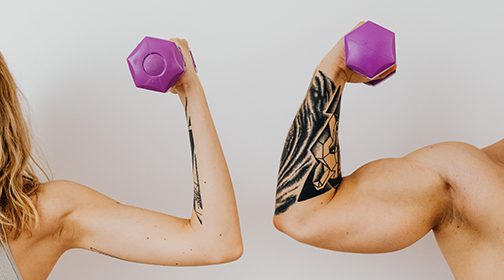
 Summer is just around the corner. That means you’ll wear short-sleeved or sleeveless tops that expose your arm. The problems can range from batwings to skinny arms that look like twigs. It doesn’t matter what gender you are, looking fitter is sexy. There’s still time to firm your arms with toning exercises. They won’t build big muscles but they will make you look and feel more attractive on the beach, during play, or in evening wear. Get rid of flabby arms in a few months and spend your summer gathering compliments.
Summer is just around the corner. That means you’ll wear short-sleeved or sleeveless tops that expose your arm. The problems can range from batwings to skinny arms that look like twigs. It doesn’t matter what gender you are, looking fitter is sexy. There’s still time to firm your arms with toning exercises. They won’t build big muscles but they will make you look and feel more attractive on the beach, during play, or in evening wear. Get rid of flabby arms in a few months and spend your summer gathering compliments.
 For centuries, doctors noted the beneficial effects of fasting to control epileptic seizures but realized fasting isn’t sustainable. In the 1920s, they found using an extremely low-carbohydrate diet accomplished the same thing. Cutting back on carbohydrates forced the body to switch metabolism from burning sugar to burning fat. The body converts fat to ketones and burns them. That was the birth of the Keto diet that eventually morphed into a weight loss diet. It works, but as with any diet, it has pros and cons.
For centuries, doctors noted the beneficial effects of fasting to control epileptic seizures but realized fasting isn’t sustainable. In the 1920s, they found using an extremely low-carbohydrate diet accomplished the same thing. Cutting back on carbohydrates forced the body to switch metabolism from burning sugar to burning fat. The body converts fat to ketones and burns them. That was the birth of the Keto diet that eventually morphed into a weight loss diet. It works, but as with any diet, it has pros and cons.
 Working out can take a lot of effort. Getting the maximum benefits from that time is important to people from Louisiana and everywhere in the US. You can get more from your workout session using these tips and tricks that burn extra calories or help you get fit faster. If you’re spending the time, you may as well reap the maximum rewards for your efforts.
Working out can take a lot of effort. Getting the maximum benefits from that time is important to people from Louisiana and everywhere in the US. You can get more from your workout session using these tips and tricks that burn extra calories or help you get fit faster. If you’re spending the time, you may as well reap the maximum rewards for your efforts.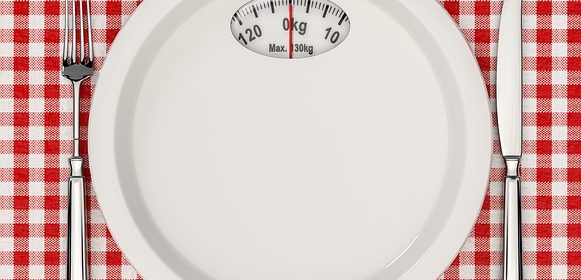
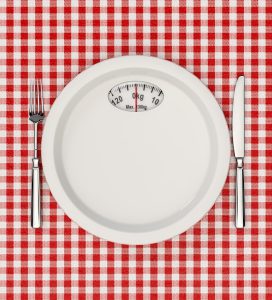 Losing weight isn’t easy and losing fat is even harder. There is a difference. If you’re shedding pounds, those pounds aren’t always from fat. It can be from muscle tissue, making it even harder to lose additional pounds. You may be working your hardest and staying true to your path but still see slow or no change. You may be making fat loss mistakes that are setting you back. It’s time to make changes and turn your weight and fat loss efforts into a success.
Losing weight isn’t easy and losing fat is even harder. There is a difference. If you’re shedding pounds, those pounds aren’t always from fat. It can be from muscle tissue, making it even harder to lose additional pounds. You may be working your hardest and staying true to your path but still see slow or no change. You may be making fat loss mistakes that are setting you back. It’s time to make changes and turn your weight and fat loss efforts into a success.
 Potbellies, muffin tops, and spare tires aren’t a good look and definitely not impressive in swimwear. There’s still time to get ready for summer. Creating the beach-ready version that both men and women want takes a double-edged attack. Whether it’s just a flat tummy or washboard abs, you need both diet and exercise.
Potbellies, muffin tops, and spare tires aren’t a good look and definitely not impressive in swimwear. There’s still time to get ready for summer. Creating the beach-ready version that both men and women want takes a double-edged attack. Whether it’s just a flat tummy or washboard abs, you need both diet and exercise.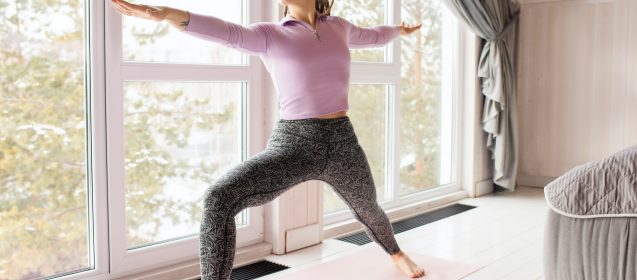
 If you’ve read other blogs, you already know one of the benefits of yoga is stress relief. That can help both your mental health and physical body. When you learn to calm your mind, you’ll be able to deal with stress immediately. The breathing techniques from yoga help calm the mind. At the same time, they also help lower blood pressure, slow heart rate, relax the body, and improve overall outlook and good health.
If you’ve read other blogs, you already know one of the benefits of yoga is stress relief. That can help both your mental health and physical body. When you learn to calm your mind, you’ll be able to deal with stress immediately. The breathing techniques from yoga help calm the mind. At the same time, they also help lower blood pressure, slow heart rate, relax the body, and improve overall outlook and good health.
 Stretching exercises are the most effective way to increase flexibility. Include them in every workout to warm up and cool down. Dynamic stretches are best for warming up. Static stretches are best for cooling down. The difference between the two is movement. Dynamic stretches move the body like the exercise you’re about to do. Static stretches move and hold, like toe-touching. They prevent blood from pooling in the extremities and increase the range of motion when the muscles are warmed and flexible.
Stretching exercises are the most effective way to increase flexibility. Include them in every workout to warm up and cool down. Dynamic stretches are best for warming up. Static stretches are best for cooling down. The difference between the two is movement. Dynamic stretches move the body like the exercise you’re about to do. Static stretches move and hold, like toe-touching. They prevent blood from pooling in the extremities and increase the range of motion when the muscles are warmed and flexible.
 If you’re hitting the gym daily and pushing as hard as you can until you can’t move, you aren’t doing yourself any favors or gaining any ground. You need rest days to achieve optimal performance. Your body needs a day or two of rest to heal and recuperate from intense workouts, especially strength-building workouts. When you do strength training, it causes micro tears in the muscles that require 48-72 hours to heal. When they heal, the scar tissue makes them stronger. If you don’t rest, the muscles continue to tear and break down.
If you’re hitting the gym daily and pushing as hard as you can until you can’t move, you aren’t doing yourself any favors or gaining any ground. You need rest days to achieve optimal performance. Your body needs a day or two of rest to heal and recuperate from intense workouts, especially strength-building workouts. When you do strength training, it causes micro tears in the muscles that require 48-72 hours to heal. When they heal, the scar tissue makes them stronger. If you don’t rest, the muscles continue to tear and break down.
 If you’re like many other people in Louisiana, you set fitness goals for the New Year. These goals must be realistic if you want to achieve them. That doesn’t mean you shouldn’t have big goals. It does mean they should be healthy and possible. Trying to lose 60 pounds naturally in a month isn’t possible. It’s not a realistic goal. Trying to lose 60 pounds in 8 months is realistic and very possible.
If you’re like many other people in Louisiana, you set fitness goals for the New Year. These goals must be realistic if you want to achieve them. That doesn’t mean you shouldn’t have big goals. It does mean they should be healthy and possible. Trying to lose 60 pounds naturally in a month isn’t possible. It’s not a realistic goal. Trying to lose 60 pounds in 8 months is realistic and very possible.